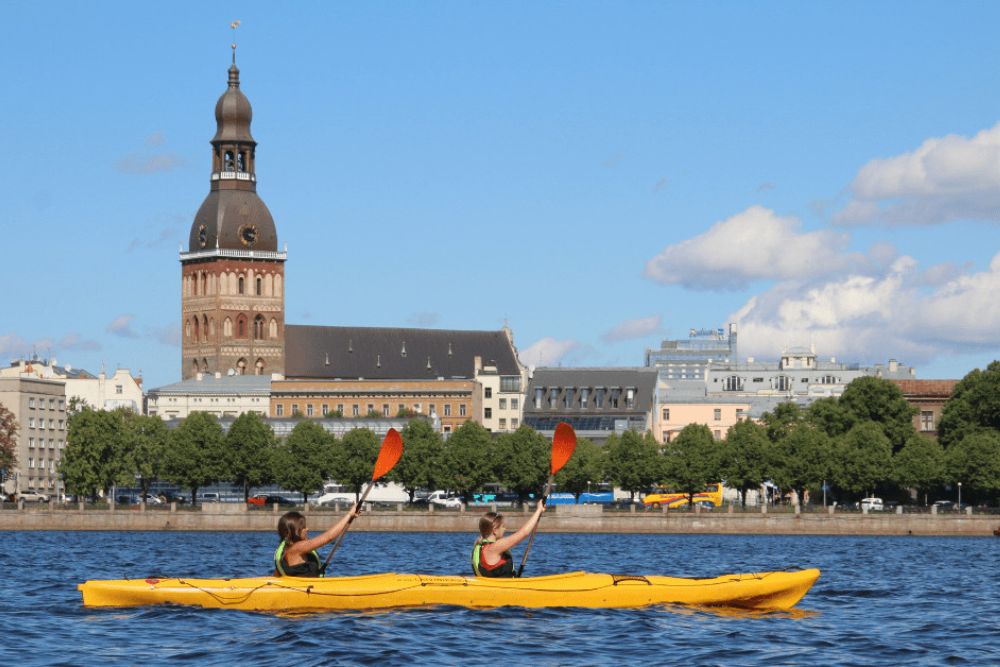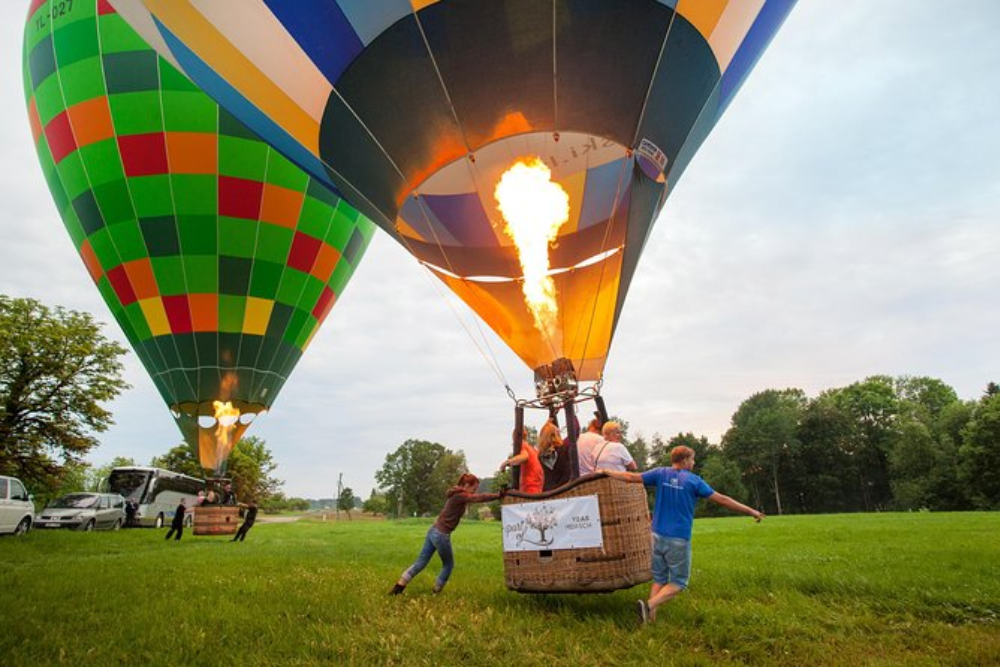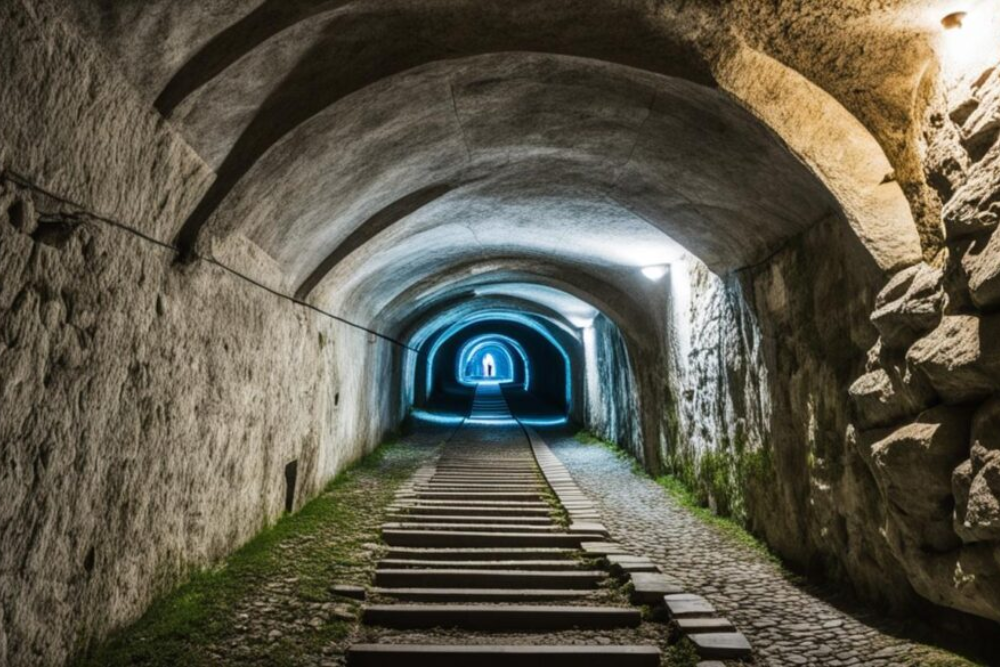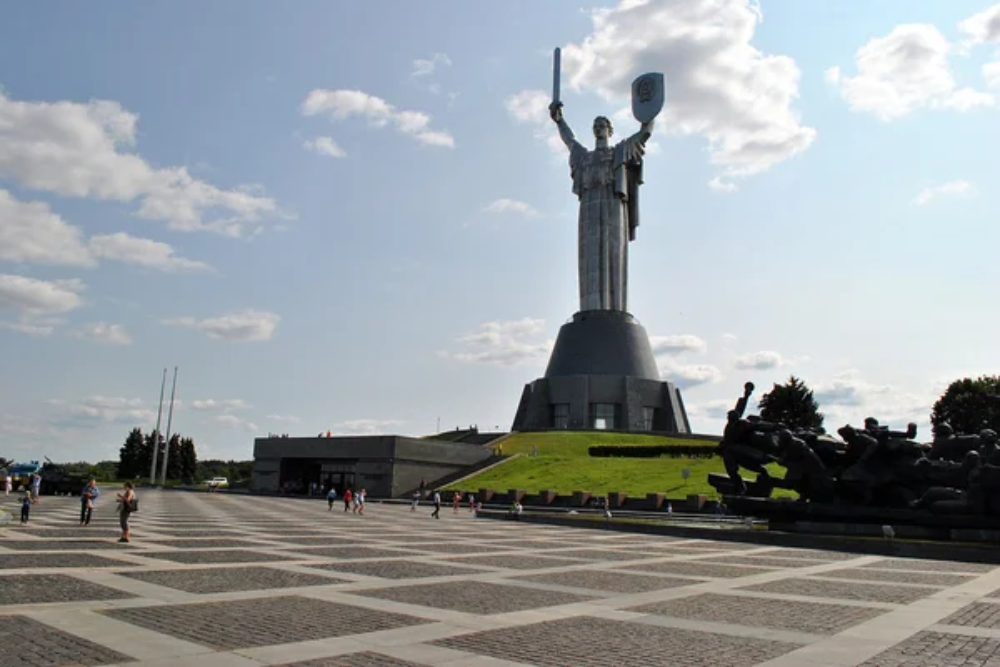Introduction
Riga, the capital of Latvia, is an energetic and generally rich city situated on the Baltic Ocean. Known for its shocking engineering, it flawlessly mixes archaic fascinate with Craftsmanship Nouveau greatness and present day impacts. With a set of experiences tracing all the way back to the mid twelfth 100 years, Riga has been molded by different societies, from the Teutonic Knights to Russian and German rule. Today, it remains as the biggest city in the Baltic Expresses, a center point of culture, business, and training.
Riga Old Town on a Bicycle

- Get dynamic and investigate the UNESCO-recorded Old Town of Riga by bicycle. A few directed visits permit you to speed through restricted middle age roads, past notorious structures and milestones like St. Peter’s Congregation and the Place of Pimples. It’s an interesting method for consolidating history with experience, particularly with the city’s blend of old-world appeal and present day attractions.
Kayaking or Paddling on the Daugava Waterway

- For an alternate point of view of Riga, lease a kayak or kayak and oar along the Daugava Stream, which moves through the core of the city. Whether you need to unwind and partake in the beautiful perspectives or add a touch of rush by exploring the flows, this water experience allows you to encounter Riga’s horizon from the water.
Bobsleighing at the Sigulda Bobsleigh Track

- Simply a short drive from Riga, the Sigulda Bobsleigh Track offers an adrenaline-pressed encounter. You can ride down this Olympic-level track in a bobsleigh, directed by an expert driver. It’s a completely exhilarating movement for those looking for speed and fervor, with the special reward of stunning perspectives on the encompassing Gauja Waterway Valley.
Tourist Balloon Ride Over Riga

- Take your experience higher than ever with a tourist balloon ride. Float above Riga and the encompassing field for a quiet yet thrilling experience. The perspectives on the city, the Daugava Stream, and the rich green scenes are essentially remarkable, and it’s a quiet yet bold method for seeing Latvia from a higher place.
Riga’s Mystery Underground

- Find the secret side of Riga with a mystery underground visit. These visits take you through an organization of underground fortifications, passages, and Soviet-period relics concealed underneath the city. It’s a charming, to some degree shocking experience, giving a brief look into Riga’s past and its Virus War history.
Riga Old Town (Vecriga)

- The core of Riga, this UNESCO World Legacy site is an unquestionable necessity. Meander through its cobblestone roads and investigate a shocking blend of middle age engineering, rococo structures, and energetic squares. Key features incorporate the Riga House of God, with its great Gothic design, and St. Peter’s Congregation, where you can climb the pinnacle for all encompassing perspectives on the city. The Place of Zits, an elaborate organization corridor, is one more famous structure in the Old Town.
The Opportunity Landmark (Brivibas piemineklis)

- Standing tall in the core of Riga, the Opportunity Landmark is an image of Latvia’s freedom and public pride. This 42-meter tall landmark recognizes the people who battled for Latvia’s opportunity in the mid twentieth hundred years. It’s a focal get-together point for local people and guests the same and offers a powerful indication of the nation’s flexibility. The landmark is flawlessly encircled by rich parks, making it a quiet and intelligent spot to visit.
Dos and Don’ts in Riga
Dos
Do welcome individuals cordially: Latvians value formal good tidings, so while meeting somebody, offering a confident handshake, particularly in business or formal situations is normal. Use “Labdien” (Great day) while tending to somebody, and “Paldies” (Thank you) while offering thanks.
Do regard individual space: Latvians will more often than not esteem individual space, so try not to stand excessively near others, particularly while talking or holding up in line.
Do attempt neighborhood food: Latvian food is delectable and worth difficult. Try not to miss customary dishes like dim peas with ham, pīrāgi (baked goods loaded up with bacon or different fillings), or smoked fish from the Baltic. Neighborhood strengths are many times served in comfortable, family-run eateries.
Don’ts
Don’t expect everybody communicates in English:While numerous Latvians communicate in English, particularly in traveler regions, it’s not all around spoken. Learning a couple of essential Latvian expressions (like “Labdien” for hi or “Paldies” for thank you) can go quite far and is valued by local people.
Don’t be excessively clearly or clamorous:Latvians are by and large known for being held, particularly out in the open spaces. Talking too noisily in broad daylight places or cause a ruckus is significant not. Keep your volume moderate, especially in calm regions like public vehicle or eateries.
Don’t point straightforwardly at individuals: Pointing at individuals, particularly with your finger, is viewed as impolite in Latvia. On the off chance that you want to signal to a person or thing, utilizing your entire hand or an inconspicuous motion is better.
Best time to reach in Riga
The best chance to visit Riga relies upon what sort of involvement you’re searching for. Here is a breakdown of the seasons to assist you with choosing:
1. Pre-summer (May to June)
- Pre-summer is one of the most incredible times to visit Riga. The weather conditions is for the most part gentle, with temperatures going from 10°C to 20°C (50°F to 68°F). The city is beginning to heat up, and the parks, nurseries, and roads wake up with blossoming blossoms and vegetation.
- There are less vacationers during this time contrasted with the late spring months, and that implies more limited lines at attractions and a more quiet environment.
2. Summer (July to August)
- Summer is the pinnacle vacationer season in Riga. The weather conditions is hottest during these months, with temperatures coming to somewhere in the range of 18°C and 25°C (64°F to 77°F).
- It’s the ideal time for outside exercises, partaking in the city’s parks, boat rides on the Daugava Stream, or relaxing in open air bistros. In any case, it’s likewise when the city is generally packed, particularly during the celebration season, so you can anticipate greater costs and more sightseers.
3. Early Pre-winter (September to October)
- Early pre-winter is one more incredible opportunity to visit Riga. The weather conditions is as yet gentle yet with less vacationers than summer.
- You can partake in the pre-winter colors in the parks and close essentially holds, and the city’s social life gets with occasions and displays. Temperatures range from 10°C to 18°C (50°F to 64°F), making it ideal for touring.
4. Winter (December to February)
- Winter in Riga can be cold, with temperatures frequently plunging underneath freezing (going from – 3°C to – 8°C or 27°F to 18°F), however it has an exceptional appeal, particularly during the Christmas season.
- The city’s Christmas markets are among the best in the locale, and Riga’s Old Town is wonderfully finished with happy lights. You can likewise encounter winter exercises, for example, ice skating and close by skiing. Notwithstanding, cold weather days are short, and a few attractions might be shut or have diminished hours.












